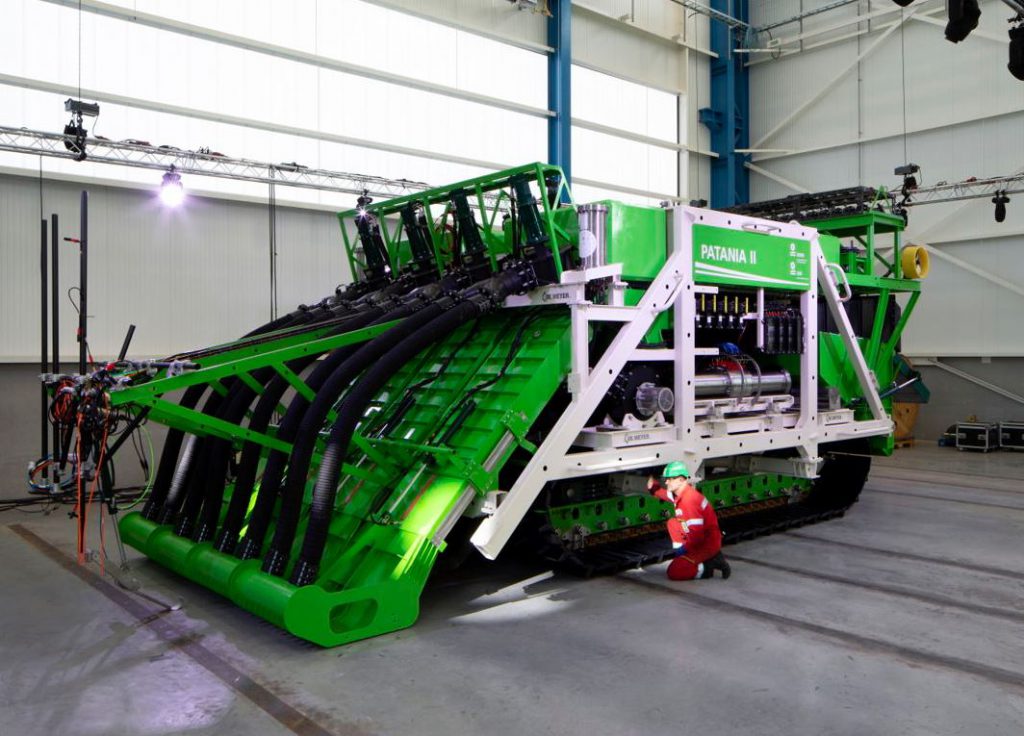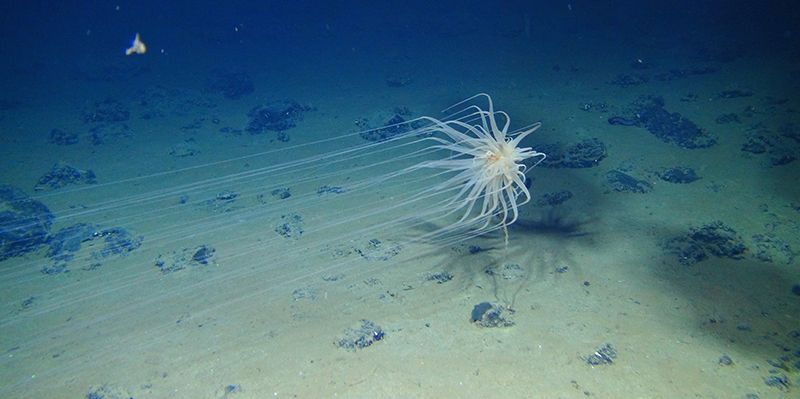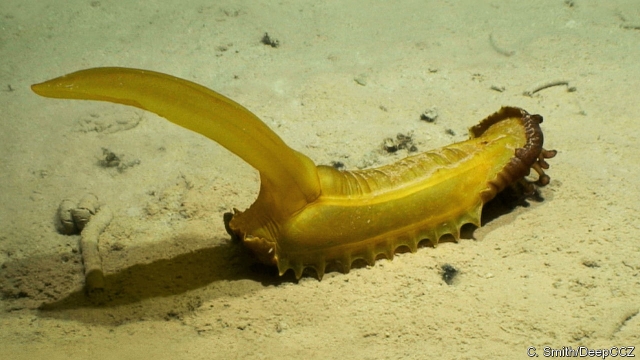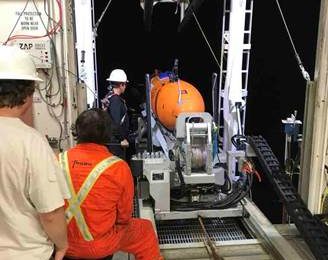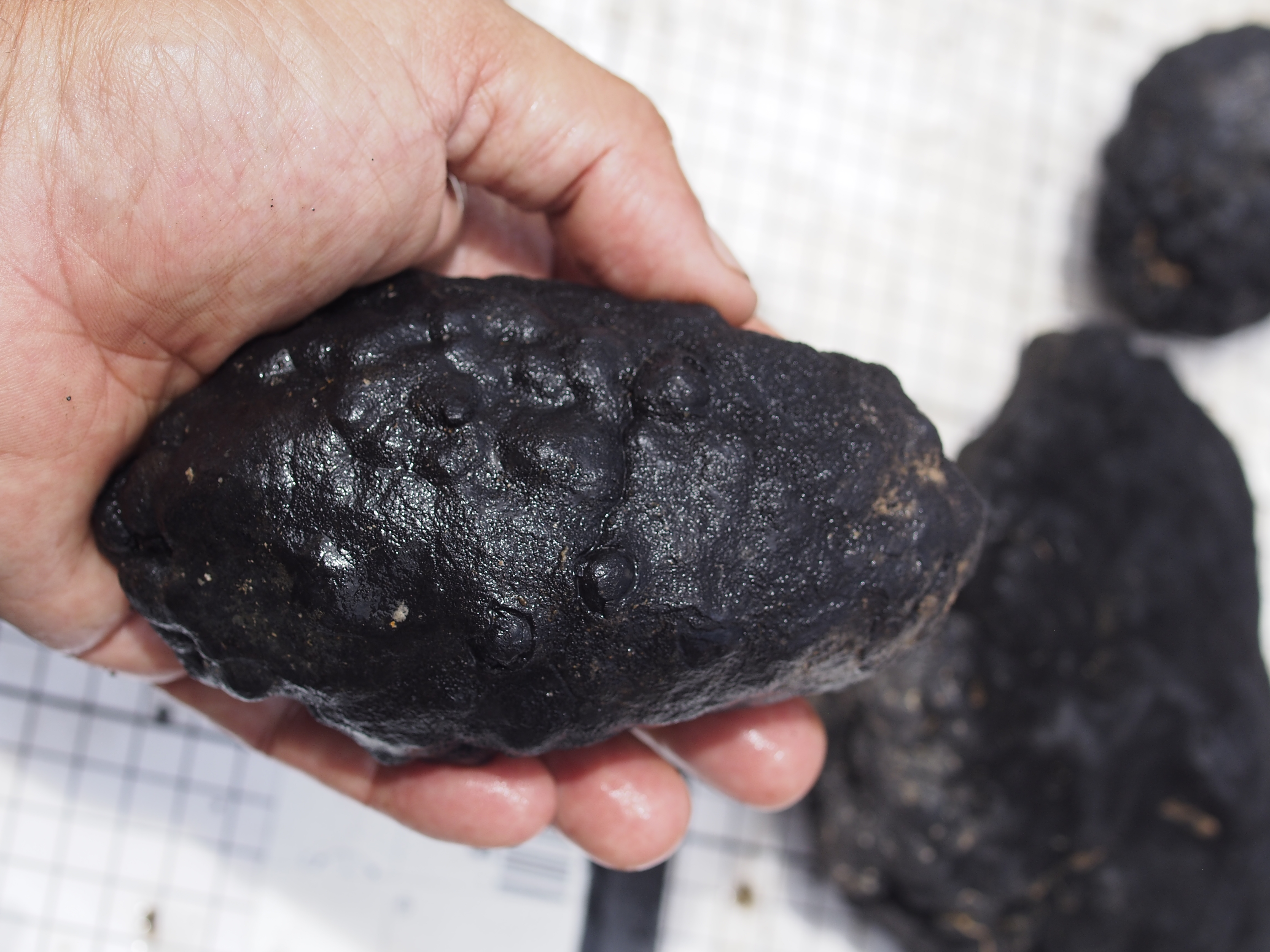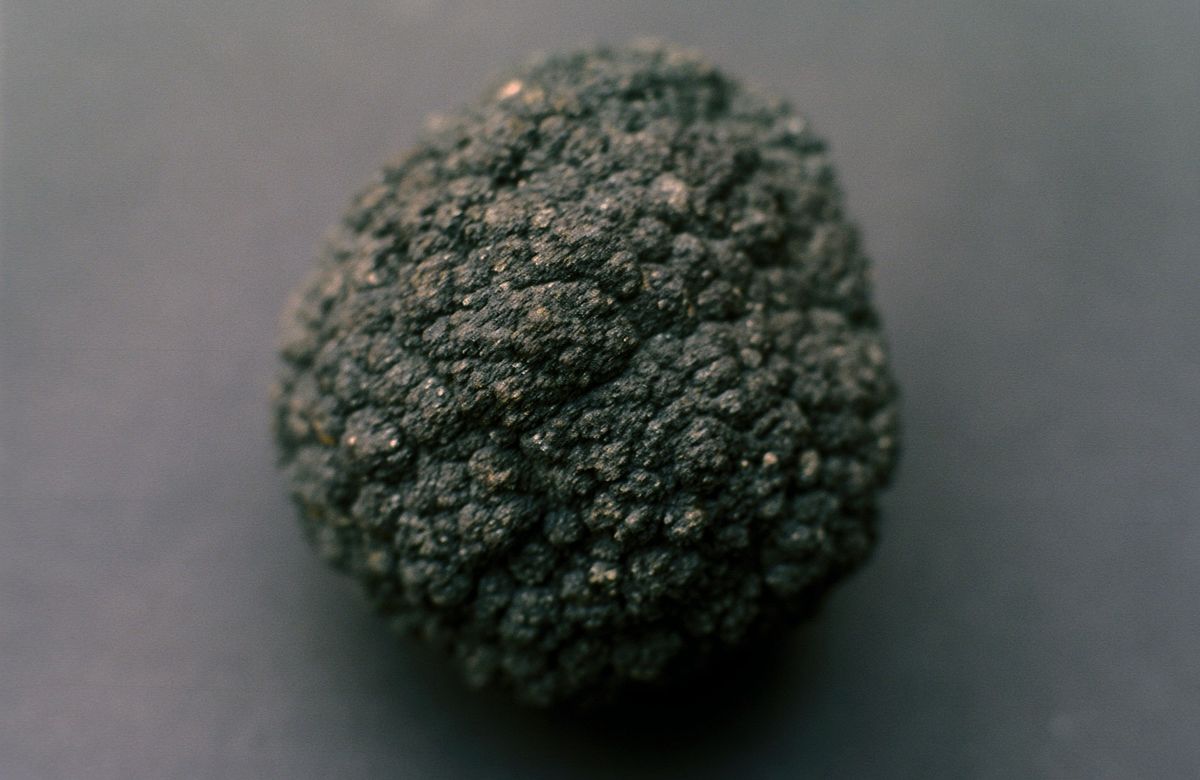This week, Global Sea Mineral Resources unveiled Patania II, a pre-prototype polymetallic nodule collector built to work in the Clarion-Clipperton Fracture Zone. Patania II is the successor to Patania I, which was successfully tested in the Central Pacific Ocean last year.
Patania I was a track system designed to crawl across the deep seafloor of Belgium’s Global Sea Mineral Resources and Germany’s Institute for Geosciences and Natural Resources lease blocks. It completed sea trials to 4,500m in 2017. Patania II adds a suction-based polymetallic nodule collecting system to the Patania I’s track systems. If trials are successful, the pre-prototype will be the most advanced polymetallic nodule collecting system to have been trialed at mining depth.
In conjunction with Ghent University, Global Sea Mineral Resources will monitor the efficiency of the system and assess the environmental impacts of Patania II on the seafloor. An independent international consortium of approximately 50 scientists will also provide critical assessments of the system and its impacts, which will be released to the public.
Earlier this summer, Global Sea Mineral Resources submitted a prior Environmental Impact Statement for the Patania II to the International Seabed Authority. That prior EIS is also publicly available. Global Sea Mineral Resources’ General Manager Kris Van Nijen said in a statement earlier this summer: “By publishing this prior EIS and working together with an independent team of scientists, we aim to share the environmental knowledge generated from our exploration activities and set an example that we hope others will be encouraged to follow.”
The Patania II consists of four major subsystems: a nodule collector that uses water jets to generate suction; the two-track propulsion system from the Patania I; vehicle support systems like hydraulics and telemetry; and a system to separate nodules and discharge waste. Unlike other deep-sea mining systems, Patania II does not rely on a riser and lift system. Separation of nodules from substrate occurs at the seafloor.
The Patania II is scheduled to begin sea trials in 2019.
